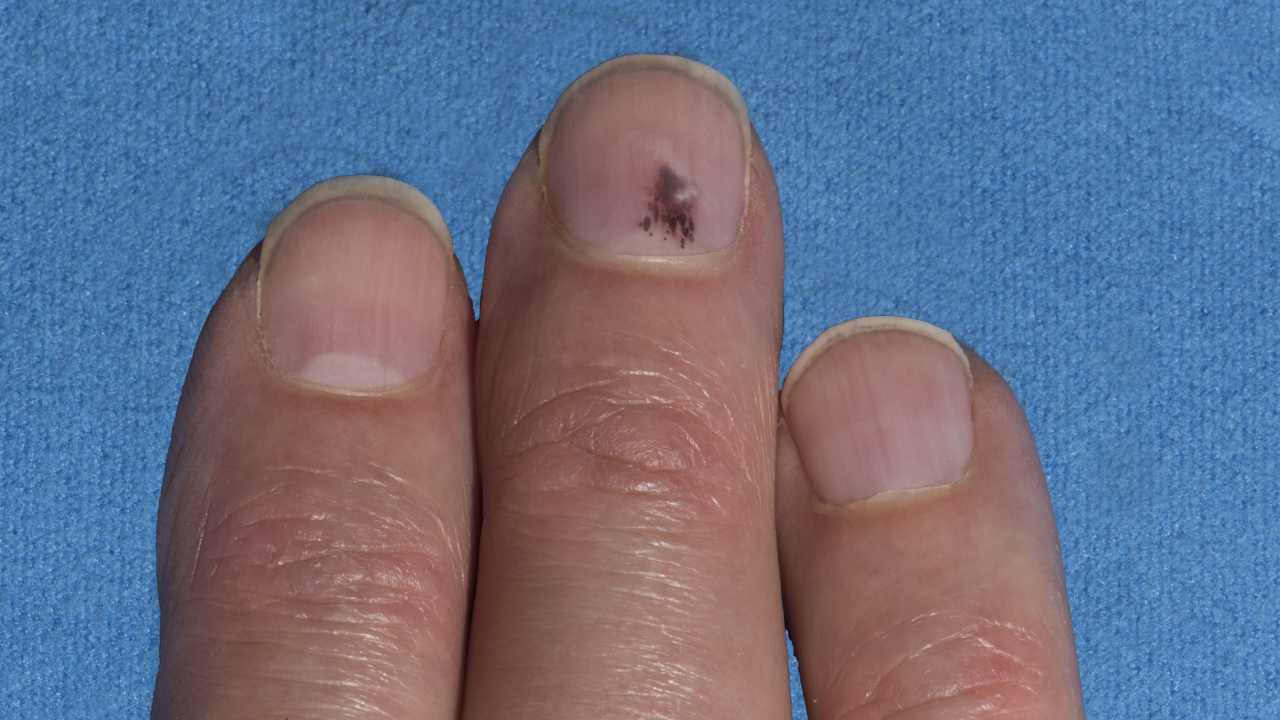Dr. Hensin Tsao explains that a relative with melanoma greatly increases a person's risk for this skin cancer, and shares that people with the most risk should see a dermatologist at least once per year. Dr. Tsao works with melanoma patients at the renowned Center for Melanoma at Massachusetts General Hospital.
Dr. Tsao:
One of the strongest risk factors for melanoma is in fact family history. If you have had anyone in your family with melanoma, it doubles your risk to get this cancer. If you have had multiple members in the family with melanoma then the risk could even be higher. So certainly next time you are together with your family, find out about their histories of skin cancer because it could end up saving your life.
It has been known for a long time that certain personal traits really put one at increased risk for skin cancer, including melanoma. These include red hair, blue eyes, and light skin complexion. So if you fall into a category of someone who has these traits, I would certainly see a doctor for a very thorough skin check.
The frequency at which you should have your skin examined really depends on your risk. So the average person who may not have had a skin cancer, who may not have a family history of melanoma, I would say an annual check with your primary care doctor is perfectly adequate.
However, if you’ve had a skin cancer, even a non-melanoma type skin cancer, or there’s someone in the family who has had a melanoma, I would say an annual check with a dermatologist or someone trained to look at the skin is absolutely essential.
If you’ve had melanoma or you have a really strong family history of melanoma, I would say even twice-a-year would be a good frequency to have your skin assessed for all sorts of cancers, including melanoma and non-melanoma skin cancer.
The melanoma program at Mass General has been in existence since 1966. It is in fact one of the first in the country if not in the world. What we focus on really is what happens to the patient for the moment their mole is removed from the body, all the way through the diagnosis with the pathologist, to the excision by the surgeons, and potentially to treatment by medical oncologist.
Dr. Hensin Tsao, M.D., Ph.D.:
Hensin Tsao, MD, PhD is a board-certified dermatologist and Associate Professor of Dermatology at Harvard Medical School. Presently, he is Director of the Melanoma and Pigmented Lesion Center, the Melanoma Genetics Program, and the Skin Cancer Genetics Laboratory in the Wellman Center for Photomedicine, all of which are at the Massachusetts General Hospital.





Add a CommentComments
There are no comments yet. Be the first one and get the conversation started!